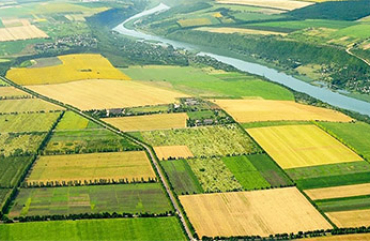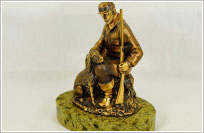BROF Bronze 7-0,2
- NON-FERROUS METALS
- General information
- About us
- Rolled BRONZE
- Rolled bronze
- Bronze powder
- Bronze powder BPO
- Bronze powder BOD
- Rolled bronze
- Bronze ribbon BrB2
- Bronze pipes
- Pipe bronze BrAZHN 10-4-4
- Bronze pipes BrAZhMts 10-3-1,5
- Bronze foil
- Bronze rods
- Bronze circles BrAMts 9-2
- Bronze Circle BrAZhMts10-3-1,5
- Bronze Circle Braze 9-4
- Bronze wire rods BrOTsS 5-5-5
- Bronze bars BrOF10-1
- Bronze rodBraZH 10-3
- Bronze sheets
- Bronze sheet BrH1
- Bronze sheet BrH1Tsr
- Bronze sheet BrH0,8Sh
- Bronze sheet BrH0,8T
- Bronze plate BrB
- Bronze strip BrB2
- Bronze wire BrAZh10-1,5
- Hexagonal bronze BRaZH 9-4
- Aluminum bronze ingots
- Aluminum bronze ingots
- Bronze BrAZH 9-4
- Bronze BrAZhMts 10-3-1,5
- Beryllium bronze BrB2
- Bronze BrAMts 9-2
- BROF Bronze 7-0,2
- Bronze BrOF10-1
- Bronze for monuments
- Silicon bronze
- Tin bronze OCS
- Bronze BrOTsS 5-5-5
- Bronze castings
- Chromium bronze BrH
BROF Bronze 7-0,2
Bronze - two or compound alloys of copper (Cu-like base) and alloying elements. Bp marked with the letter, followed by the letters corresponding to the alloying elements: O-olovo (Sn); A-Aluminum (Al), B-beryllium (Be), K- silicon (Si), H-nickel (Ni), Mts-mapganets (Mn), T-titanium (T), F-zhelezo (Fe), F -focfor (P), C-cvinets (Pb), D-zinc (Zn). Following written figures -% -s content of alloying elements (Brophy 7-0,2 bronze containing 7% Sn-and P-0,2%, respectively).
The most used is tin bronzes according to GOST 5017 having good machinability, sliding characteristics, suitability for welding and soldering: bronze Brophy 7-0,2 (CuSnS), BrOF4-0,25 (CuSn4), BrOF6,5-0,15 (CuSn6), BrOF2-0,25 (CuSn2), BrOTs4-3 (CuSn4Zn3), BrOTsS4-4-2,5 (CuSn4Zn4Pb3), BrOTsS4-4-4 (CuSn4Zn4Pb4). The corrosion resistance of them have BrOF4-0,25, BpOTs4-3, BrOTsS4-4-2,5, BrOTsS4-4-4 but bronze Brophy 7-0,2 better than the rest is cut, is springy properties, higher durability and stability corrosion.
Tin-phosphor bronze, thanks to its mechanical and chemical characteristics, are widely used in engineering and other industries. Of them make bushings, gaskets for heavy machinery, gears, corrosion resistant nuts and bolts.
According to GOST 10025 assortment of bronze rods is diameters from 5 to 110 mm and lengths of 0.5 to 2 m. The pressed (forged) bronze BROF 7-0,2 produced more than 40 mm in diameter and up to 95 mm, and drawn or cold rolled from 16 to 40 mm inclusive. Products less than 35 mm in circumference twisted in a bundle with the number of bars from 3 pieces, but up to 80 kg, however, on request of the beam weight can be up to 0.5 tonnes, and bars less than 15 mm is possible to pull up the bay. Rods are transported, usually in closed packages bodies to 1250 kg with their fixing wire or ribbon on the pallets or bars.
|
|
|
|
|
|
|
|
|
|
|
|
|
|
|
|














